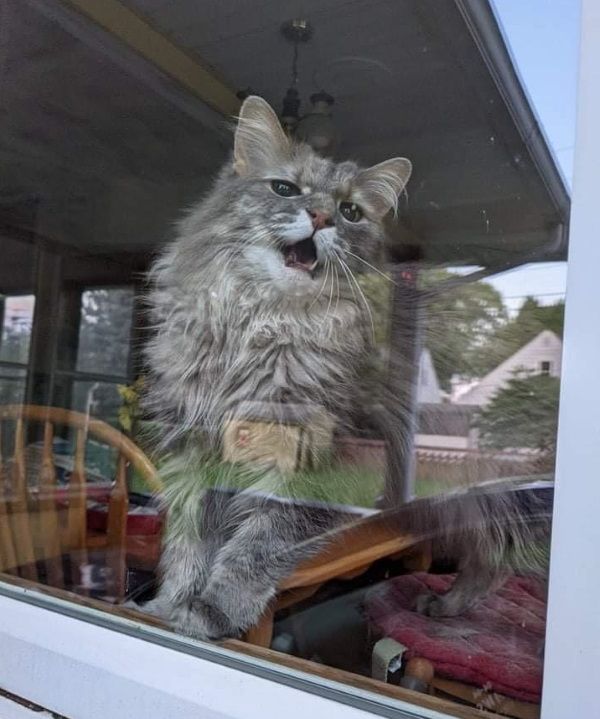It's been two and a half years since it was announced that
Arena's Lake Louie Brewing was to be acquired by Wisconsin Brewing Company. At
the time, one of the advantages of the alliance would be that Lake Louie could
take advantage of WBC's much larger facilities in Verona and perhaps brew some
beers they'd not been able to back in Arena. Or, as WBC CEO Carl Nolen said in corporatespeak, "This new collaboration will allow us to utilize our scale to expand and
enhance the Lake Louie portfolio."
Exactly what has been expanded and/or enhanced is unknown to
me. However, Lake Louie does have a new summer seasonal called Northwoods
Invasion. Now, exactly where Wisconsin's northwoods, a.k.a. – "up north", starts is
a matter of some contention. For many Chicago folks, crossing the state line
into Wisconsin means they're up north. But this is simply a lack of
perspective on their part. Portage, a mere 30 or so miles north of Madison, bills itself as
the "Gateway to the North". While there's some lovely country up
there in Columbia County, it's still very much in the southern part of the
state.
The two main contenders for the marker that signals the true
start of the northwoods are highways 29 and 8. Highway 29 begins at Green Bay
in the east, heads west-northwest to Wausau, where it tacks to the west until it gets to River Falls which is within spitting distance of the Mississippi.
Highway 8 runs 45 miles or so north of 29. I think of Highway 29 as being the
start of up north. Once you go north of it, there are no cities of any
appreciable size nor any interstate highways. I mean, how can you tell me with
a straight face that Chetek is not in the northwoods?
Regardless of where you feel up north actually begins,
Northwoods Invasion is just the latest member of a series of Wisconsin pale
lagers that trades on the reputation of "up north". I suppose
Leinenkugel was ahead of the curve with their Northwoods Lager back in the day.
Then there was Capital's recently departed Lake House Helles. More recently,
One Barrel Brewing released Up North Wisconsin Lager while Lake Louie's parent
company, WBC, has Wisconsin Vacation with a label featuring a cabin up by
Barnes, a fish, and a buck. Well, it may not be a lengthy series but what can
you do?
Oh, and you can add just about every beer from Northwoods Brewpub.
There. That's better.
So about this Northwoods Invasion. It's a pale lager and at
4% A.B.V., it's aims to be a summer thirst quencher. Although it may have been a
brewery exclusive or something similar in past years, this is the first time it's
been packaged, as far as I can tell.
Taking my first sip, I found that it had a medium-light body
that leaned towards the lighter side, which is unsurprising here. That floral
bit that my nose encountered was also keen on meeting my tongue with citrus flavors
coming in a distant second. Lots of flavor from the hops but very little
bitterness. Also, very little grain flavor – just a touch of cracker. A mild
bitterness emerged on the finish and lingered, which I appreciated. Those floral
and citrus tastes stuck around, albeit in diminished quantities, too.
It wasn't until I had already drunk the beer that I read
that it was dry hopped with Citra and Nelson Sauvin hops. Dry hopping is the
addition of hops after the boiling is done so you add aroma and flavors but very
little bitterness. Now, I presume the Citra adds citrus flavors and that the
Nelson Sauvin hops would add something vinous or grape-like, given what I've
read about them. But I didn't taste anything wine-like here. Instead, I got that
floral taste which reminded me of Central Waters' Summarillo, a dry hopped
summer lager from several years ago.
I really liked Northwoods Invasion. The aroma was an
enchanting blend of citrus and floral. The taste too had this combination and,
while I do wish it had a little more bitterness, a firm fizz helped keep it
from being cloying. It was light and refreshing, perfect for a hot summer's
day.
Just as the head made for a lovely sight after having filled
my glass, the lacing made for a pretty sight after I had emptied it.
Junk food pairing: A bag of white cheddar lefse chips
is the ideal companion for your Northwoods Invasion.
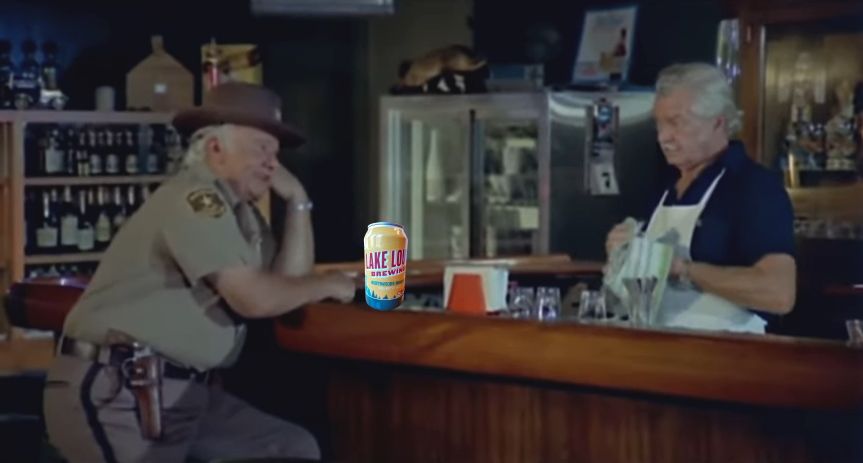
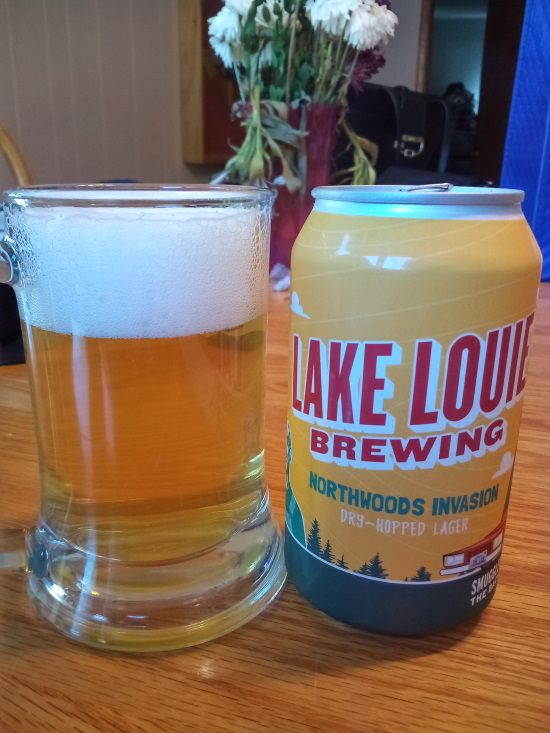

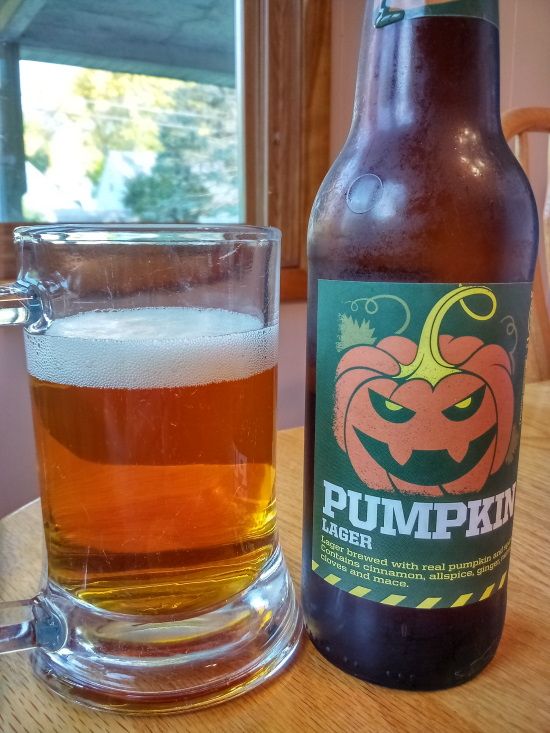
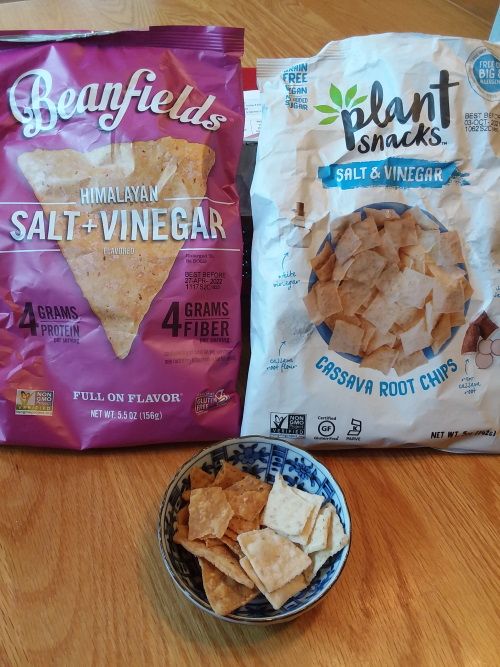
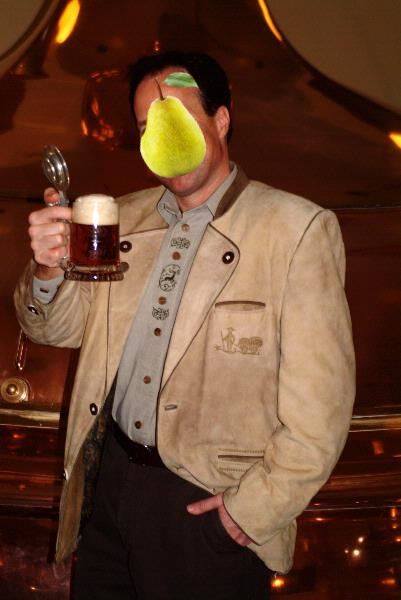
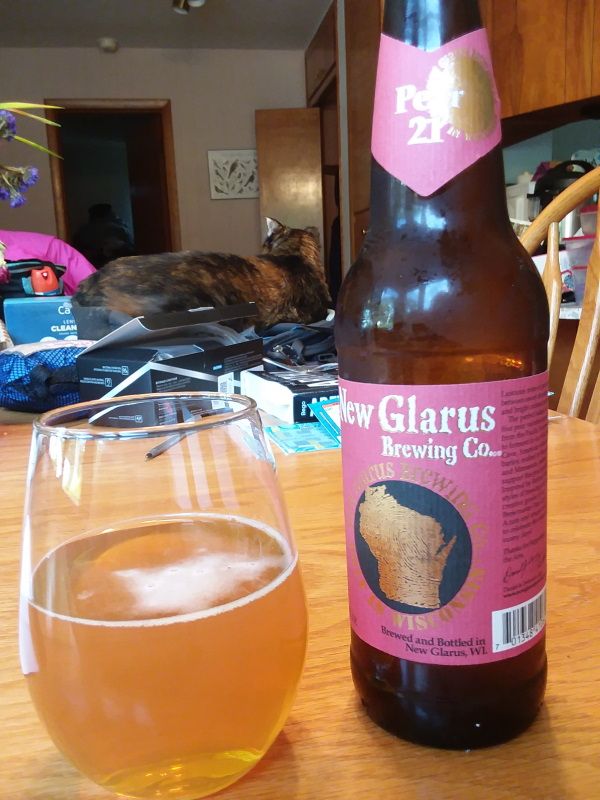


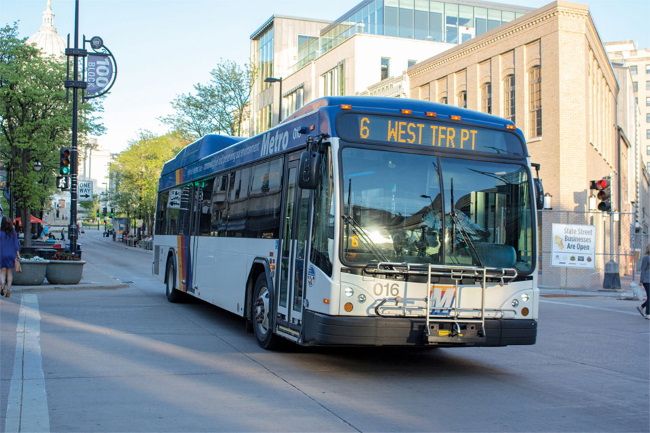





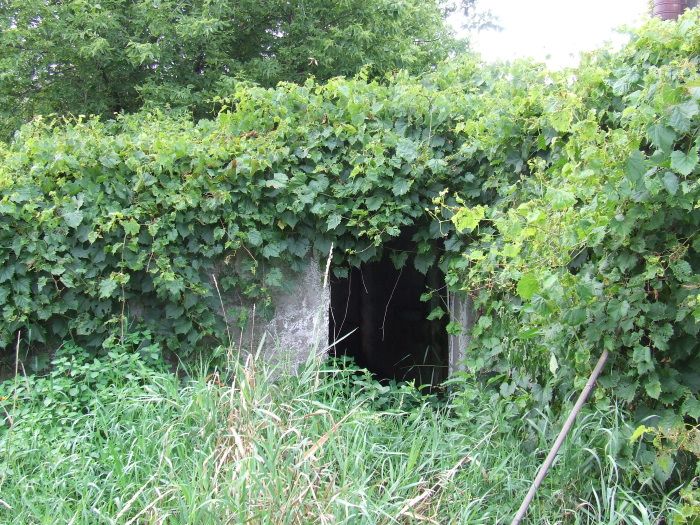
.jpg)

.jpg)


